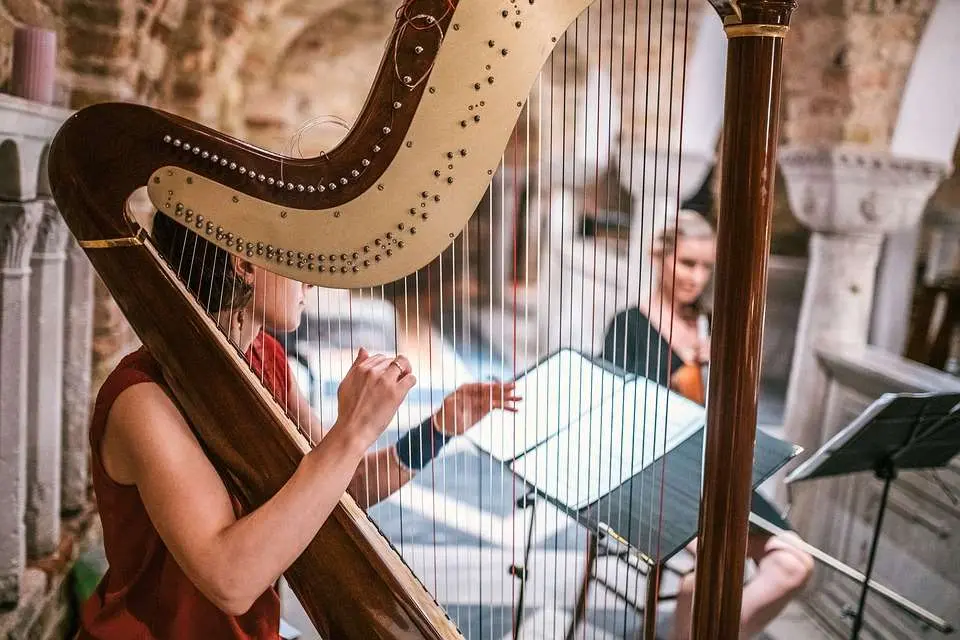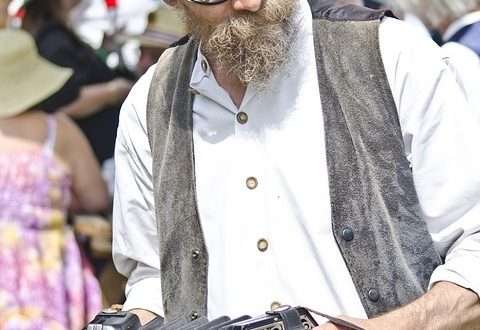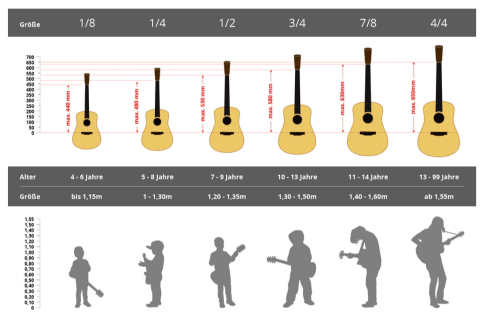
Plucked string instruments
When we talk about plucked instruments, the vast majority of everyone thinks of a guitar or mandolin, less often a harp or some other instrument from this group. And in this group there is a whole palette of instruments on the basis of which, among others, the guitar we know today was created.
Lute
It is an instrument derived from Arab culture, most likely from one of the Middle East countries. It is characterized by a pear-shaped shape of the resonance body, quite wide, but short, neck and the head at right angles to the neck. This instrument uses double strings, the so-called ill. Medieval lutes had 4 to 5 choirs, but with time their number was increased to 6, and with time even to 8. For centuries, they enjoyed great interest among aristocratic families, both ancient and modern. In the 14th and XNUMXth centuries it was an indispensable element of court life. To this day, it enjoys great interest in Arab countries.
 Harp
Harp
As for the stringed ones, the plucked harp is one of the most difficult instruments to master. The standard one known to us today is in the shape of a stylized triangle, one side of which is a resonance box extending downwards, and from it emerge 46 or 47 strings stretched on steel pegs, stuck in the upper frame. It has seven pedals that are used to tune the unnamed strings. Currently, this instrument is most widely used in symphony orchestras. Of course, there are different varieties of this instrument depending on the region, so we have, among others, Burmese, Celtic, chromatic, concert, Paraguay and even laser harp, which already belongs to a completely different group of electro-optical instruments.
Cytra
Zither is definitely an instrument for enthusiasts. It is part of the plucked string instruments and is a younger relative of the ancient Greek kithara. Its modern varieties come from Germany and Austria. We can distinguish three types of zither: concert zither, which is, in simple terms, a cross between a harp and a guitar. We also have Alpine and chord zither. All these instruments differ in the size of the scale, the number of strings and the size, with the chordal having no frets. We also have a keyboard variant called Autoharp, which is the most popular in the USA and is used in folk and country music.
Balalaika
It is a Russian folk instrument that is often used alongside the accordion or harmony in Russian folklore. It has a triangular resonance body and three strings, although modern variations are four-string and six-string. It comes in six sizes: piccolo, prima, which finds the most common use, secunda, alto, bass and double bass. Most models use dice to play, although prime is also played with the extended index finger.
Banjo
Banjo is already an instrument much more popular than the above-mentioned instruments and is used in many musical genres. In our country, he was and still is so popular among the so-called sidewalk bands or, to put it another way, backyard bands. Almost every band performing, for example, Warsaw folklore, has this instrument in their line-up. This instrument has a round tambourine-like soundboard. Banjo strings are stretched along the neck with frets from 4 to 8 depending on the model. The four string is used in Celtic music and jazz. The five-string is used in genres such as bluegrass and country. The six-string string is used in traditional jazz and other types of popular music.
These are just a few examples of the plucked string instruments that should not be forgotten that they exist. Some of them were created for many centuries, then the guitar has settled in for good and conquered the modern world. Sometimes music bands look for an idea, change or variety for their work. One of the more original ways to do this is by introducing a completely different instrument, among other things.





